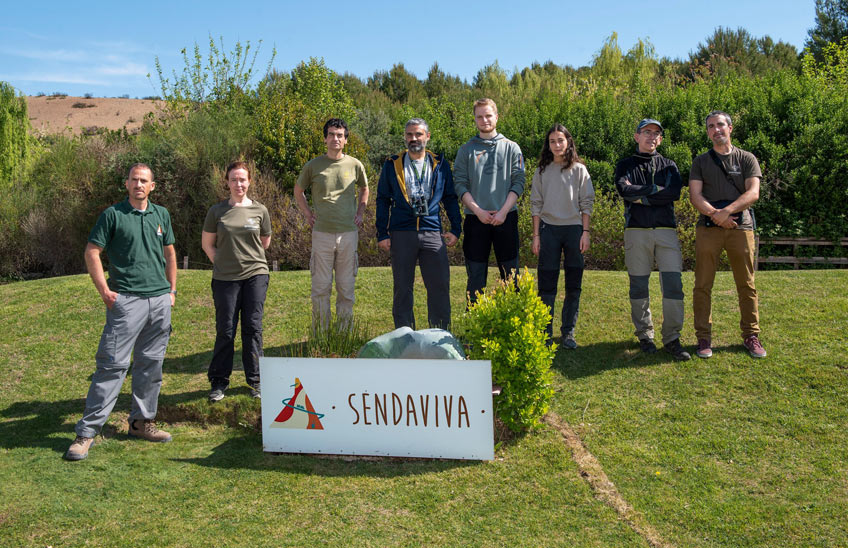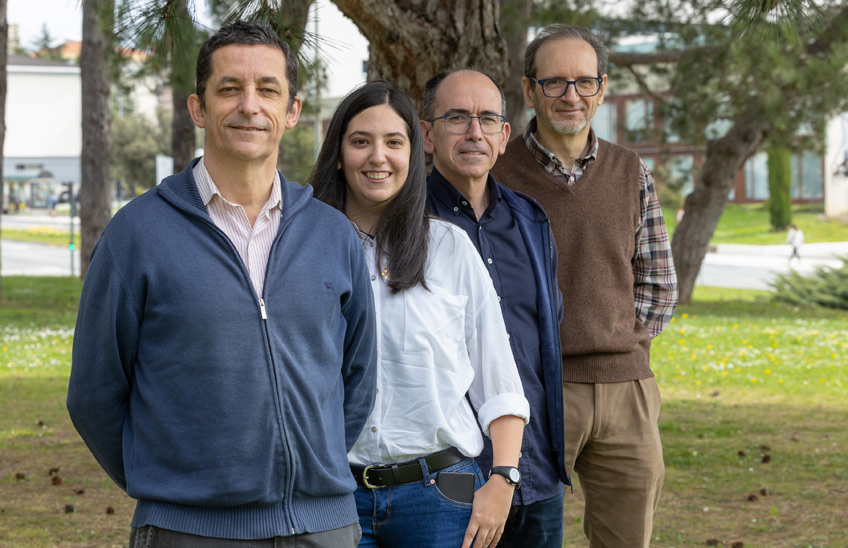The project 'ZooNaGreen' detects in Sendaviva and its surroundings more than 10,500 specimens belonging to 110 groups, including species and morphospecies.
The environmental project coordinated and financed by the park has identified 35 morphospecies of pollinating insects, 74 species of birds and 8 species of wild mammals.

12 | 02 | 2024
The project 'ZooNaGreen', financed and coordinated by Sendaviva, in partnership with the Aranzadi Science Society, University of Navarra and University of the Basque Country has detected 110 groups, including species and morphospecies within the park and its surroundings, of which 47 species and 27 morphospecies have been identified within Sendaviva.
Pollinating insects and birds
Entomologists from the Aranzadi Science Society, in charge of analyzing bees and flower flies as pollinating insects, counted 5,964 arthropods in six conference sampling sites, among which 28 morphospecies of bees and 7 syrphids were distinguished, as well as wasps, flies and mosquitoes, beetles, aphids, thrips and spiders.
In the ornithology group the Aranzadi Science Society detected 74 species of birds, six of them exclusively in the Sendaviva enclosure. Several species such as the greenfinch, the swallow and the common house martin nest inside the park thanks to the trees and the buildings that are the main niche for the construction of their nests. Other nesting species within the park such as the little grebe, common moorhen and nightingale, present in aquatic and fluvial environments, are located thanks to the park's surroundings.
Mesomammals and micromammals
The University of the Basque Country has analyzed the mesomammal community. During the period of research , 3,991 images of wild mammals were obtained thanks to 30 photo-trapping cameras that were installed both inside Sendaviva and outside.
A total of seven species of wild mesomammals (rabbit, roe deer, marten, wild cat, wild boar, badger and fox) have been detected, of which two, the marten and the wild cat, were detected exclusively within Sendaviva.
For its part, the University of Navarra has analyzed the micromammal community, sampling four plots with live traps, two inside Sendaviva and two outside. In total, a sampling effort of 576 trap-nights was carried out, obtaining 29 captures corresponding to 16 individuals, mostly male field mice within the Sendaviva plot, which represents a relatively high issue of captures.
Sendaviva for the respect of the environment, coexistence manager and as a reservoir of biodiversity.
Sendaviva forms an enclosure in which wildlife and flora are respected, cared for and enhanced through planting, vegetation maintenance and the creation of water points. This project has as goal to check if the enclosure has become a space in which the anthropic activity coexists in a manager way with the wild fauna, becoming a reservoir of biodiversity for many of the species with which we cohabit.


